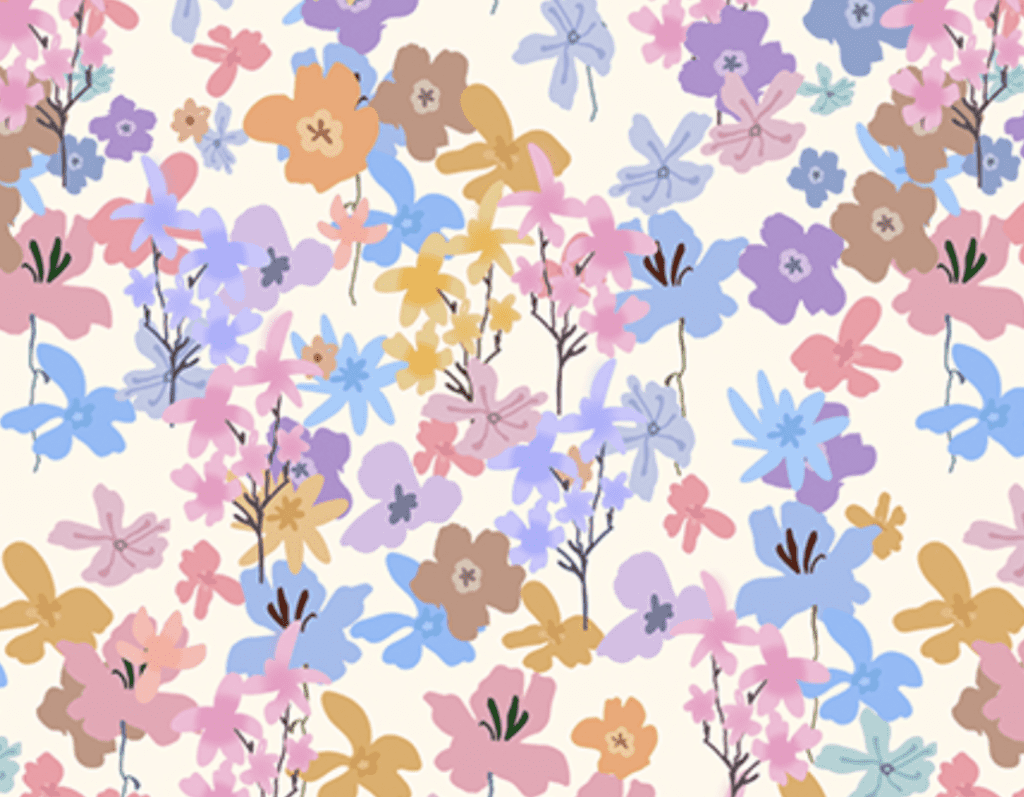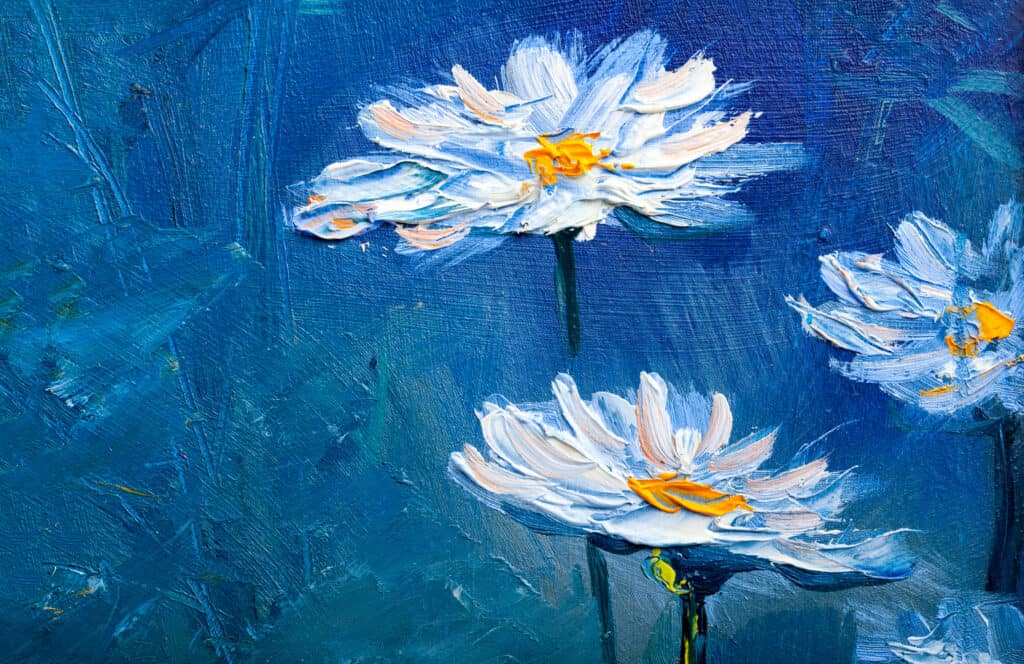2023 Holiday Print Trends

From brooding modern gothic prints to ocean-inspired prints, alternative trends are on the rise. As consumers continue to seek out solid pieces that can be worn for several seasons, take care to balance personalised designs with commercial favourites.
What is the triacetate?

it looks like silk at first glance, with its own delicate pearlescent sheen, but it’s better cared for than silk and is fresher and more comfortable to wear.” With a recommendation like that, you’ll be able to guess this summer-ready fabric – triacetate.
What is weft slope that makes designer headche

When a garment factory or designer purchases fabric, really cut follow up the direction of the fabric, why are the clothes crooked?
Pattern | Paris Fashion Week & Milan Fashion Week Print Collection

Paris Fashion Week & Milan Fashion Week has started again, giving designers all over the world some reference to the direction of development
Dream Garden – Women’s Dresses Pattern Trends

Floral is an eternal theme in the design of dresses. Whether now or in the future, the floral element is a hot topic in the fashion circle, and designers will extract the available elements according to the market trends in each season, and design popular floral patterns through the combination of floral elements and trends to meet the current ones. Or through the abstract expression, the depiction of writing, the combination of flower varieties, the stitching of size, each different attempt and details of carving, can make the floral pattern in the fashion trend constantly flowing fresh blood.
The double-sided digital reactive printing process

In digital printing, whether it is direct inkjet printing with disperse dyestuff on polyester fabrics, or transfer printing after printing, or inkjet printing on natural fibre fabrics such as cotton, linen, silk and wool, the industry generally adopts single-sided inkjet printing.
Orange and blue color matching make the garment happy

ea like a deep, late summer and early autumn try this group of color scheme, bright and a mysterious beauty.
13 spinning processes

In this post, you will know 13 spinning processes as below:13 spinning processes,Ring-spun yarns in the hinterland,Spun yarn without flick,Self-spinning yarn in the hinterland,Centrifugal spinning in the hinterland,Spinning with cap spindles,Spinning with spindles,Free end spinning in the hinterland,ir-flow spun yarns in the hinterland,Static spun yarns in the hinterland,Vortex Spinning,Air-jet spinning in the hinterland,Friction spinning in the hinterland,Dust cage spinning.
Classification and introduction of 12 synthetic fibres

Synthetic fibres are chemical fibres made from synthetic, linear polymers of suitable molecular weight and soluble (or fusible) properties, which are spun and shaped and post-treated. In contrast to natural and man-made fibres, the production of synthetic fibres is not restricted by natural conditions. In addition to the general superior performance of chemical fibres, such as high strength, light weight, easy to wash and dry, good elasticity, not afraid of mould and moth, etc., different varieties of synthetic fibres have certain unique properties.
Improve printing wet and dry wipe Key elements

Users are now demanding more and more from digital direct printing, including its versatility, resistance to friction and high colour fastness. The degree of fading of digital direct printing when subjected to external factors (squeezing, rubbing, washing, rain, exposure, impregnation, etc.), such as good colour fastness, makes the textile less likely to lose colour during use.
